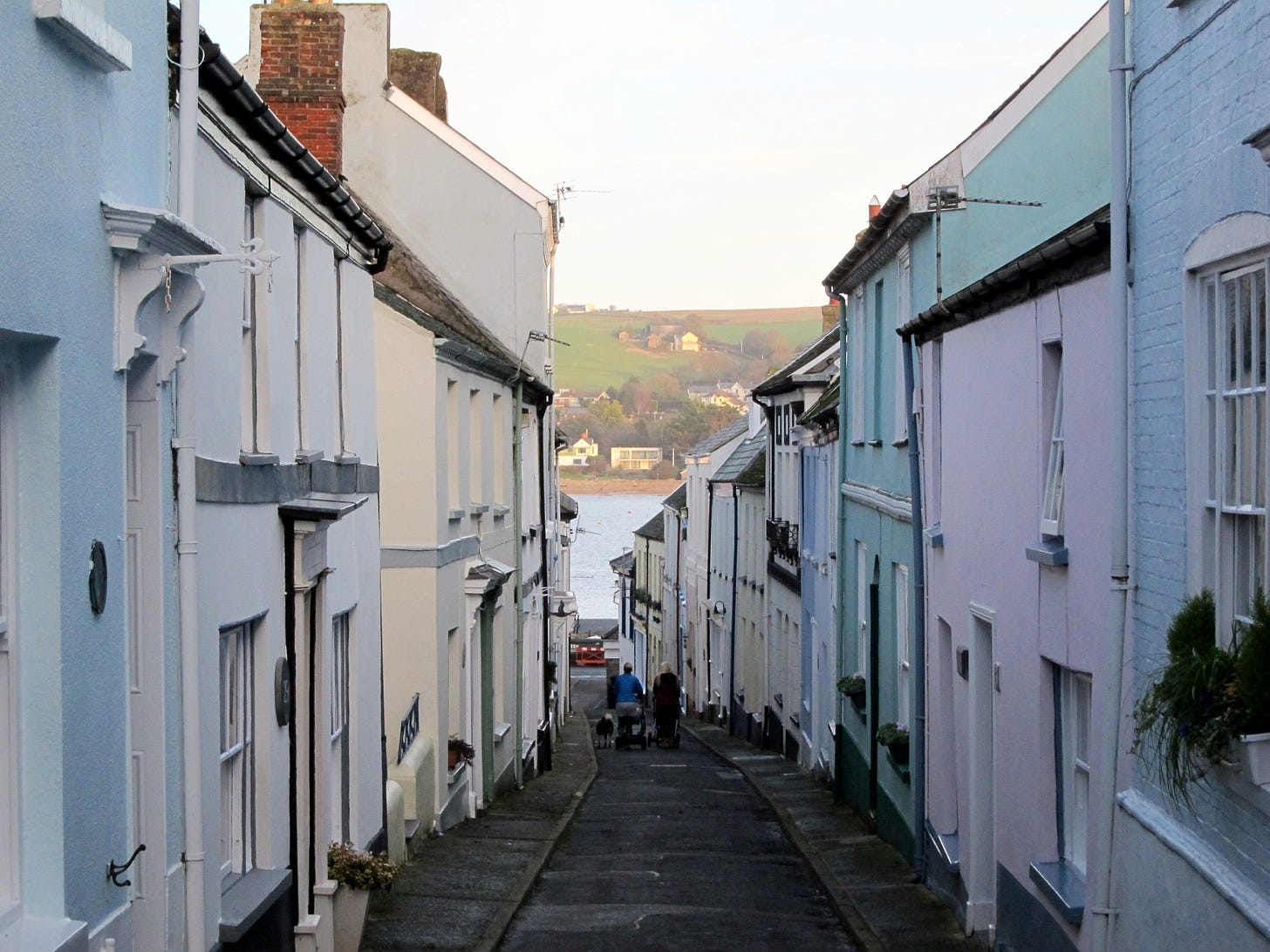Footnotes to a Conversation, August 14, 2023
A Sense of Place
I’m reading Drawing Botany Home: A Rooted Life by Lyn Baldwin. It’s a multilayered book braiding together relationships with both family and nature, particularly plants, and about maintaining these relationships through art and memory. One of the ideas that intrigued me was the connection between ourselves and a particular place. For Baldwin, it’s rooted in the plants of the northwest interior (both BC and Montana).
“Ethnographers and geographers tell us that both place and plants matter. The land underfoot, they say, is not just a surface on which our lives unfold but shapes how we think. Our relationship with place, however, is neither simple nor static. Instead, cause and effect circle one another, track back, obscure or entangle. Many of us attach to the places of our childhood, but then their very familiarity allows us to take them for granted. Worse yet, in a globalized and mobile world where millions of us – whether by choice or not – abandon home and country, an allegiance to opportunity or ideas may feel safer than an allegiance to place. Yet even in our mobile world, few deny the relationship between plants and people; we depend upon them, after all, for food, fodder, pharmaceuticals, fibre and fuel. Yet plants, like place, are easy to miss. Their lives, although complex, are quiet and slow. Botanists warn about the increasing prevalence of what they call ‘plant blindness.’ For many of us – including me as a child – plants stand unnoticed, inanimate, a confusing green veil of apparent passivity. The reality is that plants are never passive. The buttercups my brother and I found 40 years ago were busy – photosynthesizing, growing, expanding, unfolding, fending off predators, wooing pollinators, setting seed. They were also slipping, unbidden, into my life, a stable counterpoint of yellow within a chaotic mass of family.”
The book has set me to thinking about how I connect with place. I’ve moved so much in my life – from Africa to England to Canada and across four provinces. And nowadays I housesit for various lengths of time in a wide assortment of different places. I decided that it wasn’t plants or landscape that keep me rooted in these places when they are nothing but memories. Instead, it’s the paths I’ve trod – the walkway around Victoria’s Inner Harbour or my route to Fry’s Bakery, walking along the river to town in Quillan, or down a narrow street to the boats docked along the quay in Appledore. Sometimes, the memories are flavoured with tastes or sounds, such as munching on a mincemeat tart as I walked across the frosty water meadows in Cambridge or the sound of harbour planes taking off and landing, the Coho (car ferry from Port Angeles) announcing its arrival by blowing its horn in Victoria. These are routes that I recreate in my mind’s eye when I long to return to a specific place. I can sense the twists and turns, the sights along the way. They hold me rooted and give me a sense of place. I wonder what does that for you?
Staycations
How can one recreate a foreign holiday on familiar ground? I fall back on food very quickly – cheese and baguettes for France, beer for Prague – as well as language (music and words) and culture (a book by a French author, a French movie). One journalist longed to go to Venice but couldn’t afford it, so she tried to recreate the experience in York, England. She went for a boat ride, drank coffee standing up at a bar, visited a plaza complete with a statue of a lion as well as a cathedral and an art gallery, and finished her day – in the rain – sipping an Aperol spritz on an outdoor patio. I think it’s a great way to shake up our daily routine. I suspect I’ll never make it to Portugal or Turkey or Greece. How can I recreate those experiences in Victoria? Is it worth a try? [The Guardian]
Fermented Drinks
There’s a jar of kombucha (fermented tea) quietly coming to life on my kitchen counter. It’s much less lively than water kefir, which includes two kinds of fruit, and it’s taking longer to develop. I’m looking forward to trying it today. Fermented drinks may feel new and very modern to those of us in North America, but they go back centuries in Asia. Kombucha, also known as tea mushroom, tea fungus, or Manchurian mushroom, originated in (unsurprisingly) China. It made its way to Russia by the early 20th century, then other parts of Eastern Europe and Germany. “In Japanese, the term konbu-cha or kobu-cha (昆布茶, 'kelp tea') refers to a kelp tea made with powdered konbu (an edible kelp from the family Laminariaceae) and is a completely different beverage from the fermented tea usually associated with kombucha elsewhere in the world.” [Wikipedia]
Footnotes to a Conversation is a weekly Monday feature covering an assortment of topics that I’ve come across in the preceding week – books, art, travel, food, and whatever else strikes my fancy. I also post occasional articles on other dates, including frequent book reviews and travel tales.
If you share my love of nature, check out EcoFriendly West, an online publication encouraging environmental initiatives in Western Canada, and Nature Companion, a free nature app for Canada’s four western provinces.




